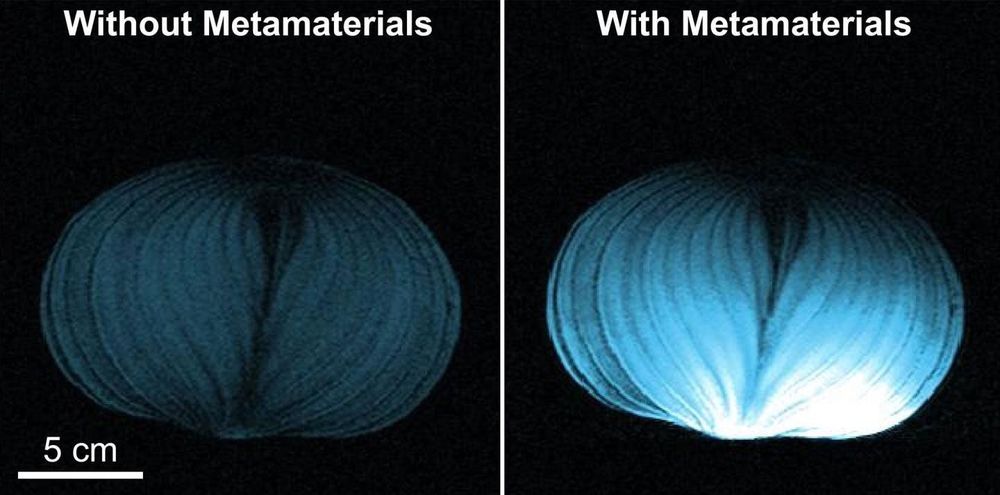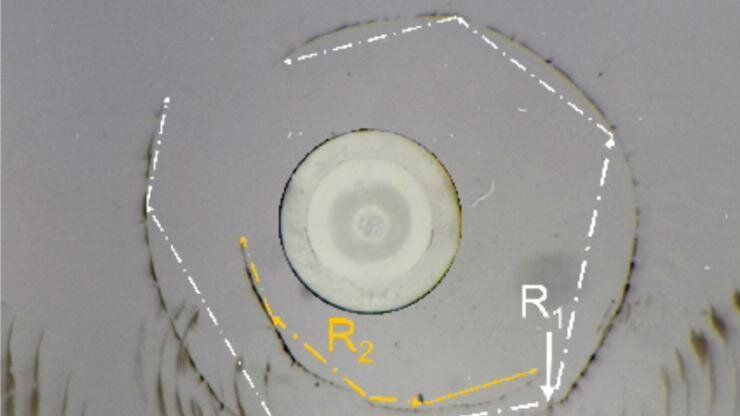Boston University researchers have developed a new, “intelligent” metamaterial—which costs less than ten bucks to build—that could revolutionize magnetic resonance imaging (MRI), making the entire MRI process faster, safer, and more accessible to patients around the world. The technology, which builds on previous metamaterial work by the team, was described in a new paper in Advanced Materials.
MRI is used by clinicians to diagnose medical problems by spotting abnormalities that could indicate anything from a torn meniscus to muscular dystrophy. But MRIs are expensive, expose patients to radiation, and they take a long time—often the greater part of an hour for a single scan. Finding enough MRI time for waiting patients can be a problem, even in US hospitals, but in hospitals in countries like India, waiting periods of a year or more can put patients’ lives at risk.
So how do we speed up the MRI process without jeopardizing the quality of imaging? Xin Zhang, a BU College of Engineering professor of mechanical engineering and a Photonics Center professor, and a team of researchers that includes Stephan Anderson, a Boston Medical Center radiologist and BU School of Medicine professor of radiology, and Xiaoguang Zhao, a MED assistant research professor of radiology, are getting creative with metamaterials to solve the problem.






